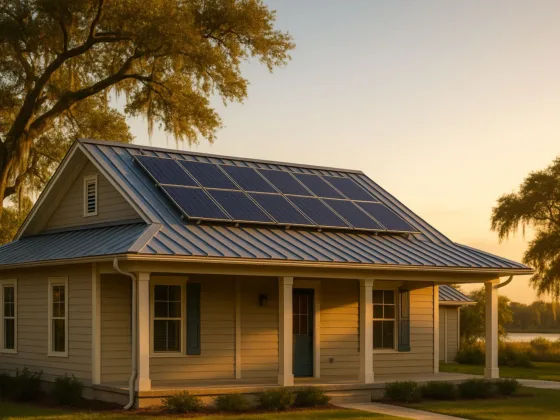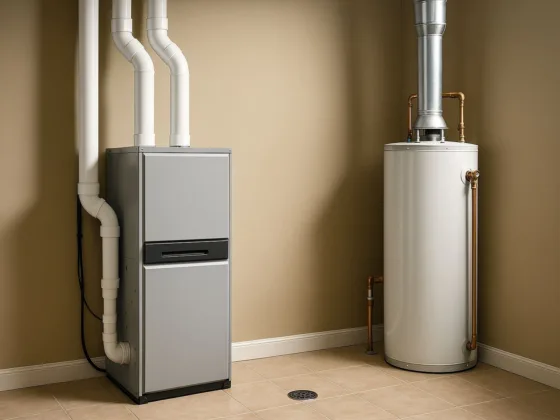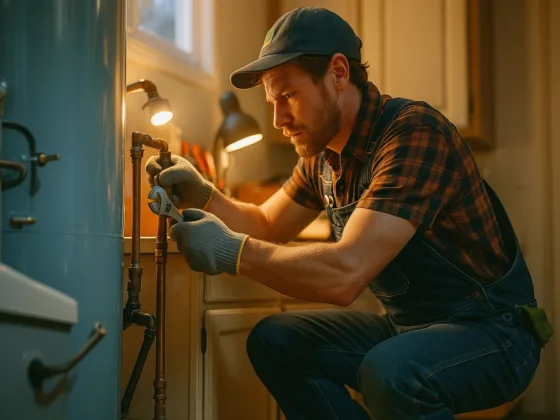Table of Contents Show
Walls are made of bricks and concrete blocks, which can last longer; however, at some point in their lifespan, they develop cracks. Because of seasonal temperature changes, the soil settles, and moisture percolates into the structure to cause stress on mortar joints and bricks. When homeowners understand just how cracks get formed and ways to maintain them from forming, it actually saves them costs toward an appealing-looking, more long-lasting exterior for decades.
Why There Are Cracks In Masonry
Not every crack might indicate a serious structural issue, but every crack does provide a way for water to penetrate. Thin hairline cracks usually develop as a result of reducing and small temperature variations; wider and stair-stepped cracks could betray some sign of movement of the foundation. Caution and close observations need to be carried out over time on the size of the cracks and the pattern. This will make it clear if they really seem to be separating very fast or continue on the mortar joints as steps. Pulling in a qualified masonry contractor in the early days can save you a lot of hassle from a small problem later on.
Key Prevention Strategies
- Control Moisture — Water is masonry’s greatest enemy. Proper grading around the foundation, clear gutters, and functioning downspouts keep rain away from walls. Sealants and breathable water-repellent coatings add another layer of defense against prolonged moisture exposure.
- Provide Expansion Joints — Long runs of brickwork require periodic expansion joints to accommodate thermal movement. Without these joints, bricks may push against each other, creating pressure that leads to cracking.
- Maintain Mortar Joints — Repointing deteriorated mortar (especially on windward or sunny exposures) prevents water penetration and redistributes load evenly across the wall surface.
Repair Techniques for Existing Cracks
Once cracks appear, prompt action limits further damage. For fine surface fissures, flexible sealants may suffice. Wider gaps typically require removing loose mortar and repacking with fresh, color-matched material. In cases where cracks extend through brick faces, selective replacement of damaged units ensures strength and a uniform finish. Professional masonry crack repair combines careful cleaning, precise tooling, and matched mortar mixes so repaired areas blend seamlessly with original work.
Reinforcing the Base: The Role of Parging
The foundation is the first line of defense against moisture and structural stress. Applying a thin parging coat—essentially a protective layer of mortar—covers small surface flaws and seals minor voids in concrete or block foundations. Beyond aesthetics, foundation parging shields masonry from freeze-thaw cycles and redirects surface water away from vulnerable joints, greatly reducing the likelihood of new cracks forming at grade level.
Conclusion
Routine inspection, timely mortar maintenance, and strategic moisture control keep masonry walls resilient and beautiful. When cracks do appear, engaging skilled professionals for targeted repairs and protective parging ensures problems are solved at the source, preserving both the structural integrity and curb appeal of your home for years to come.











